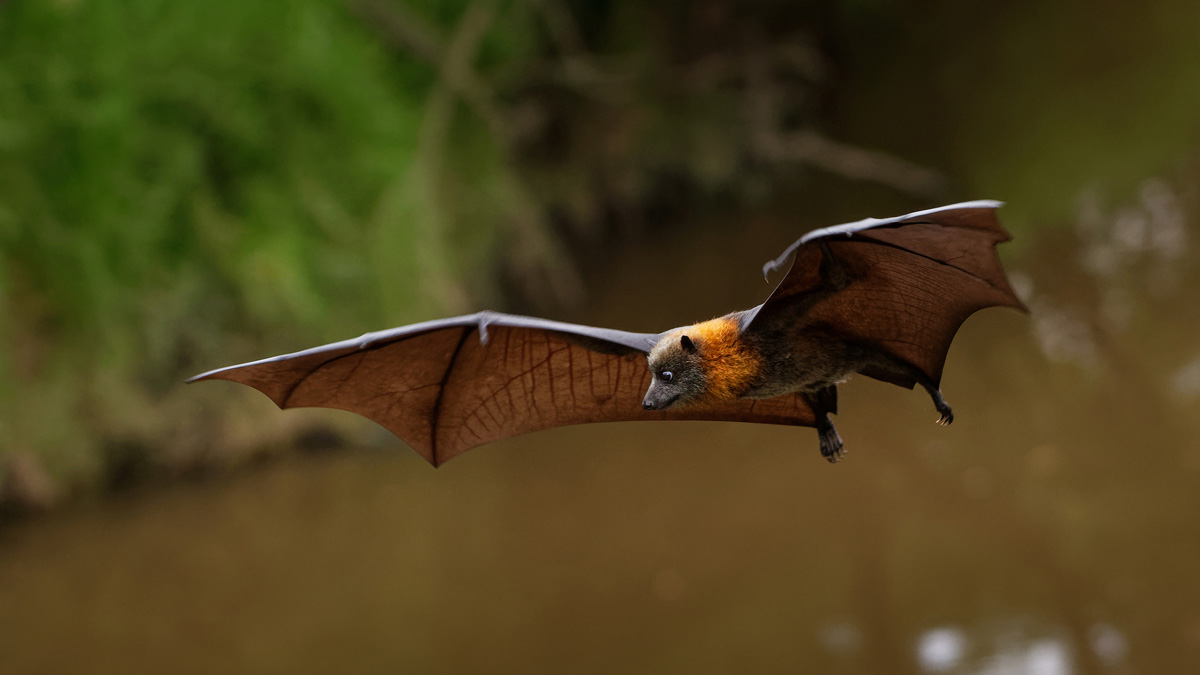
Four novel fungal species have been discovered on bat carcasses during research carried out by a group of Chinese researchers.
The four new species have been identified as- Mortierella rhinolophicola, M multispora, M yunnanensis and Neocosmospora pallidimors.
The research was carried out in an underground limestone karst system and it was undertaken by a group of researchers from World Agroforestry (ICRAF) East and Central Asia Program-Centre for Mountain Futures and Kunming Institute of Botany (KIB) at the Chinese Academy of Sciences.
The research results were published on the June 30, 2020, edition of journal Emerging Microbes and Infections.
"Neocosmospora pallidimors is particularly important as the Neocosmospora genus is known to contain numerous aggressive pathogens that can infect mammals," reported Down To Earth.
Quoting one of the researchers, DTE further said, "One of the more alarming findings was that many infections related to Neocosmospora, which have previously been associated with human and animal mycotoxicoses (ingestion of toxins produced by fungi affecting liver and endocrine), are thought to be on the rise."
Researchers further informed that another fungi species T harzanium was also important as it has the suppressing capabilities.
Researchers further said that T harzanium may have contributed to protecting bats against other infectious fungi and researchers thus believes that this may be a totally new ecology.
The researchers further said that with COVID-19 pandemic shifting the "spotlight" to bats, the new findings thus is of severe importance.
It is worth mentioning here that even though bats carry several viruses and pathogens, however, it is only when they get transferred to other living beings that the host is affected.
It was revealed that fungi Pseudogymnoascus destructans can cause white-nose syndrome- a disease that has claimed around six million bat lives since 2006.
The study further revealed that this fungal growth occurs mainly during the hibernation period of bats and this has been mainly observed in North American bats.
It was further revealed in the study that even though the bats can asymptomatically carry the fungus and has killed North American bats, it has, however, not ravaged other global regions.
The fungus, however, can appear in other places as well.
Studies further estimated that if bats disappear from North America, it would result in a staggering $3.7-billion loss to agriculture.
"The importance of the relationship between fungal species and other cave organisms needs to be understood as they may have serious ecological and economic implications," the study further said.
The Story Mug, a Guwahati-based blogzine, believes in telling stories that matter.